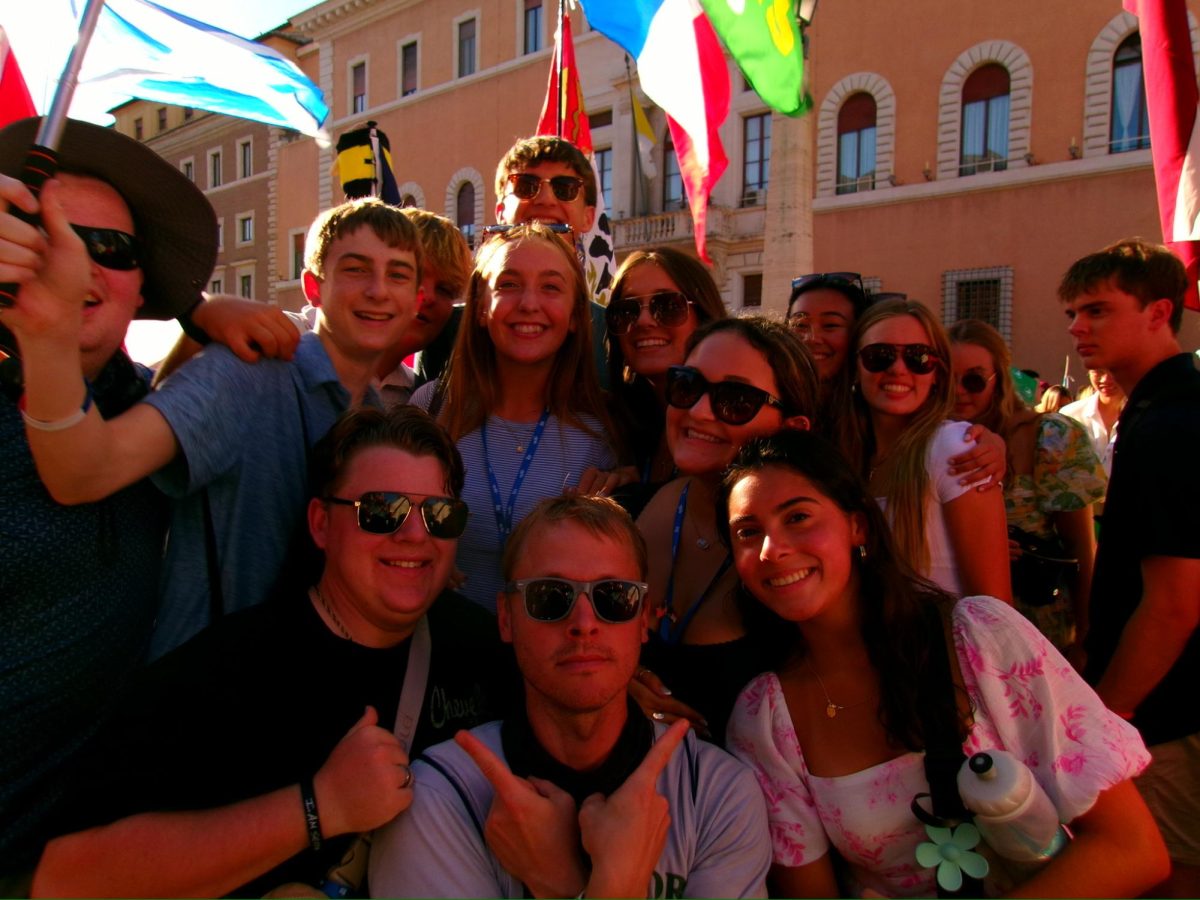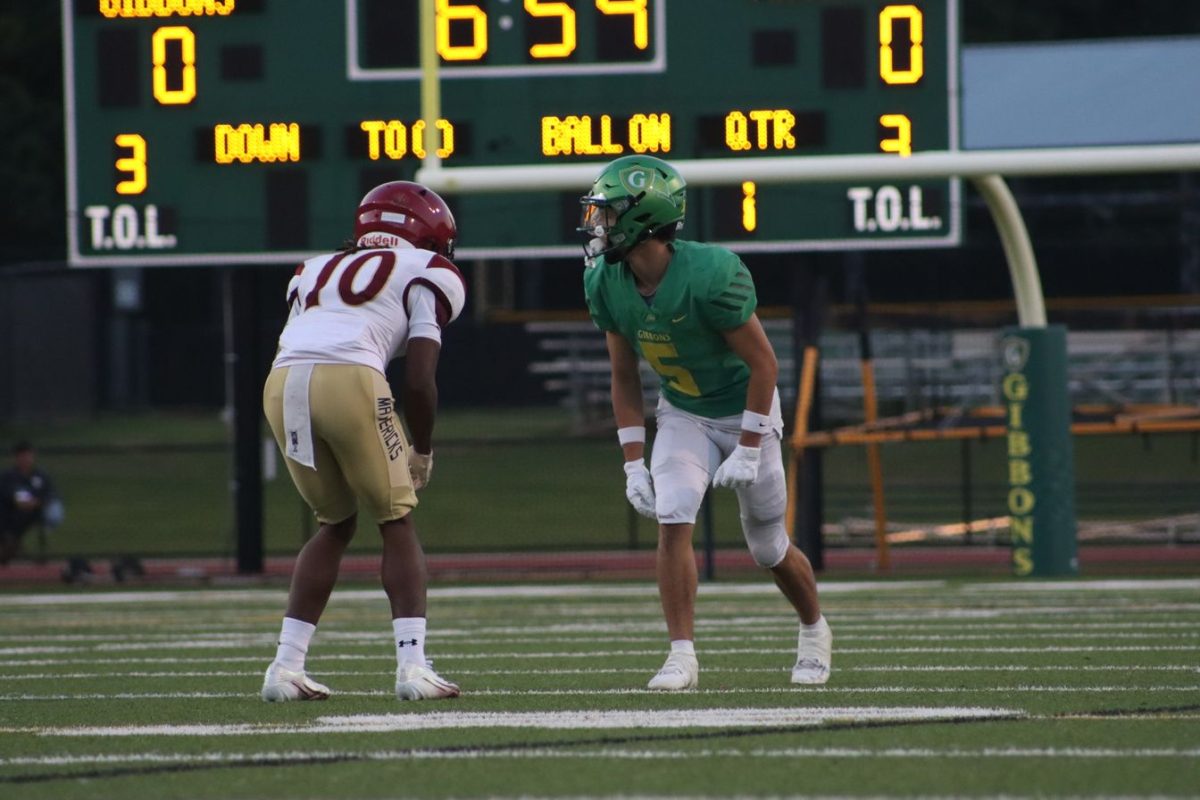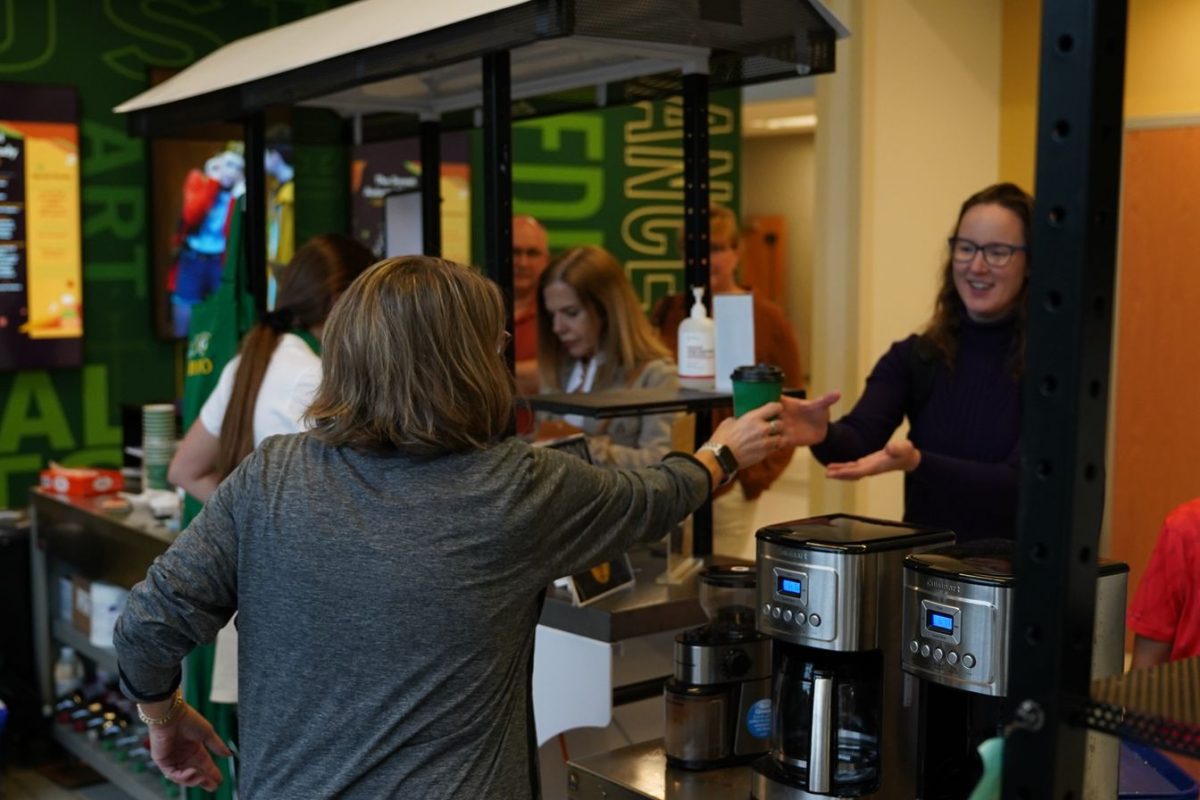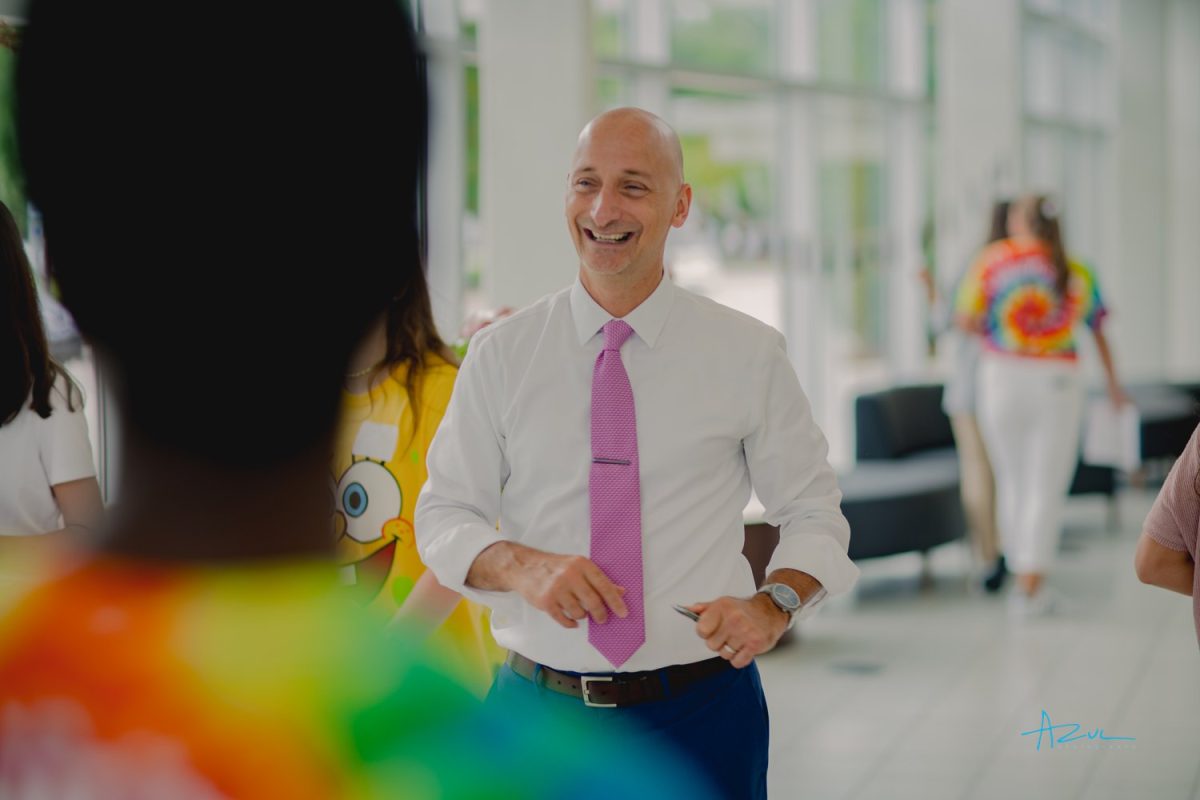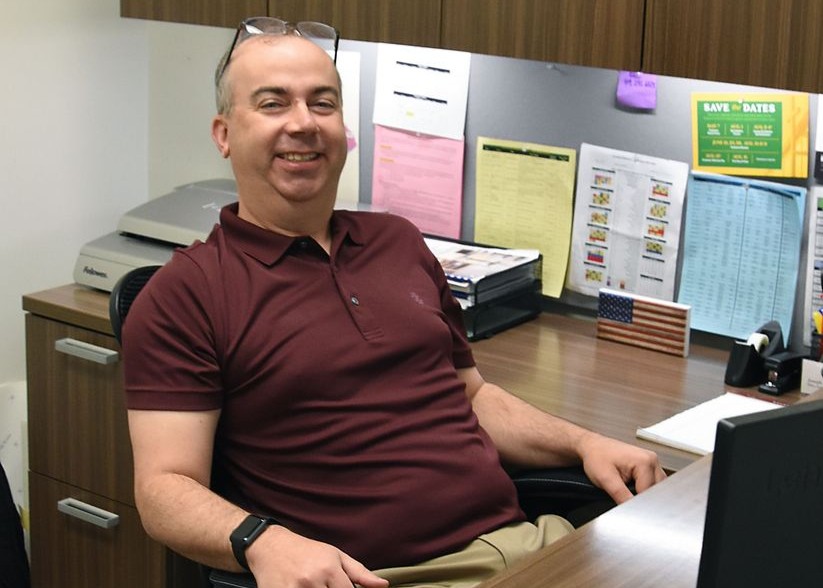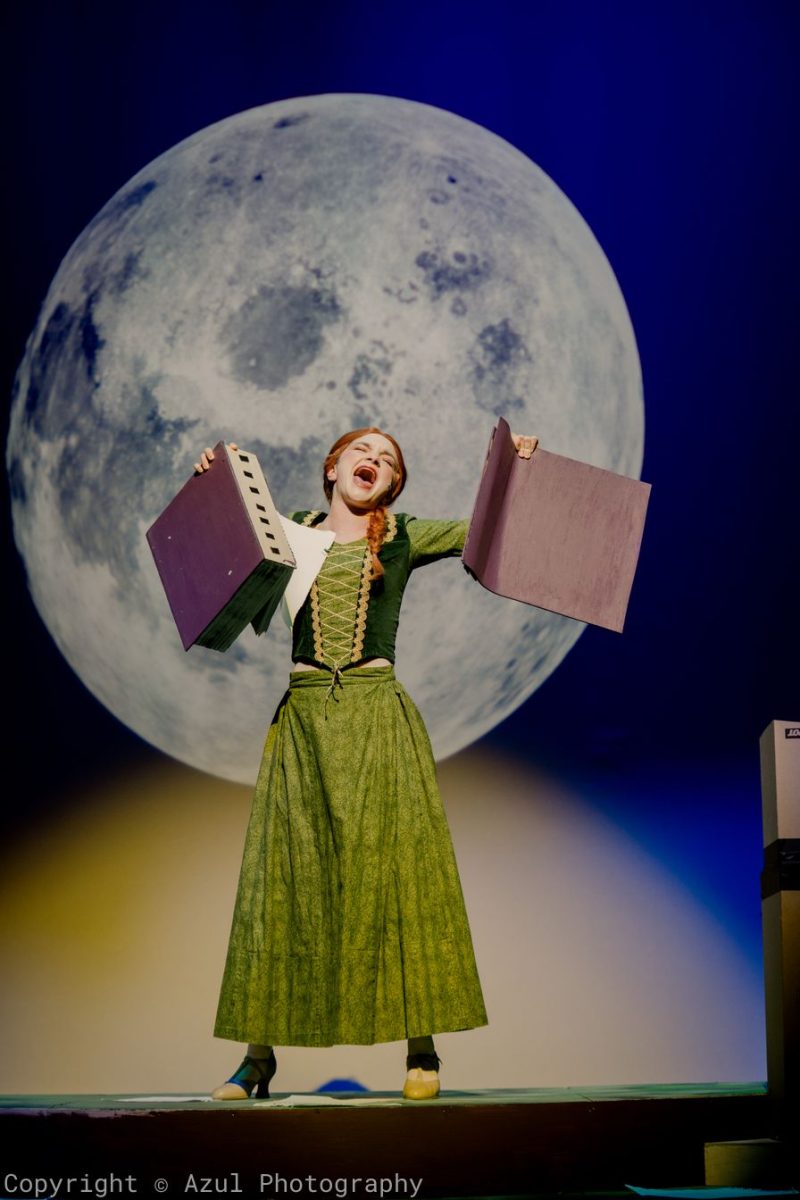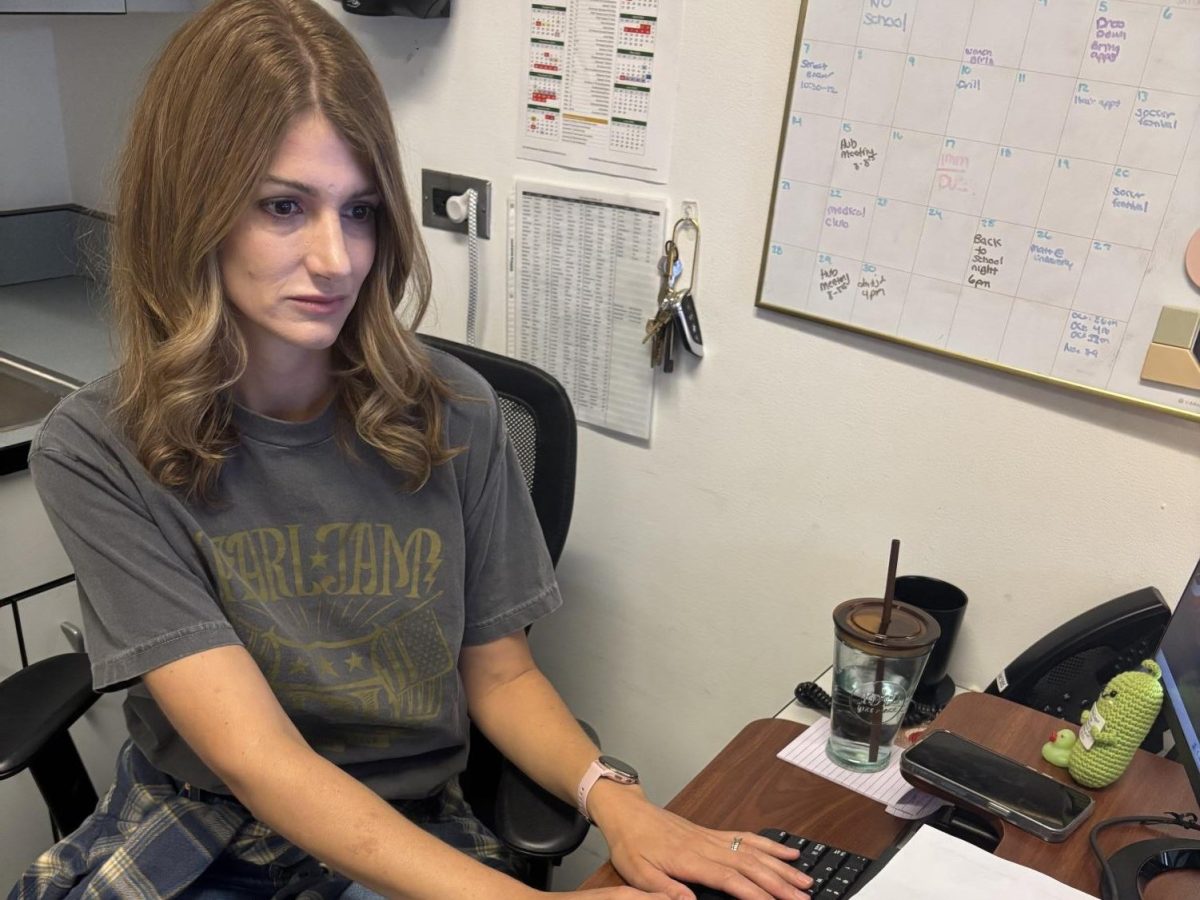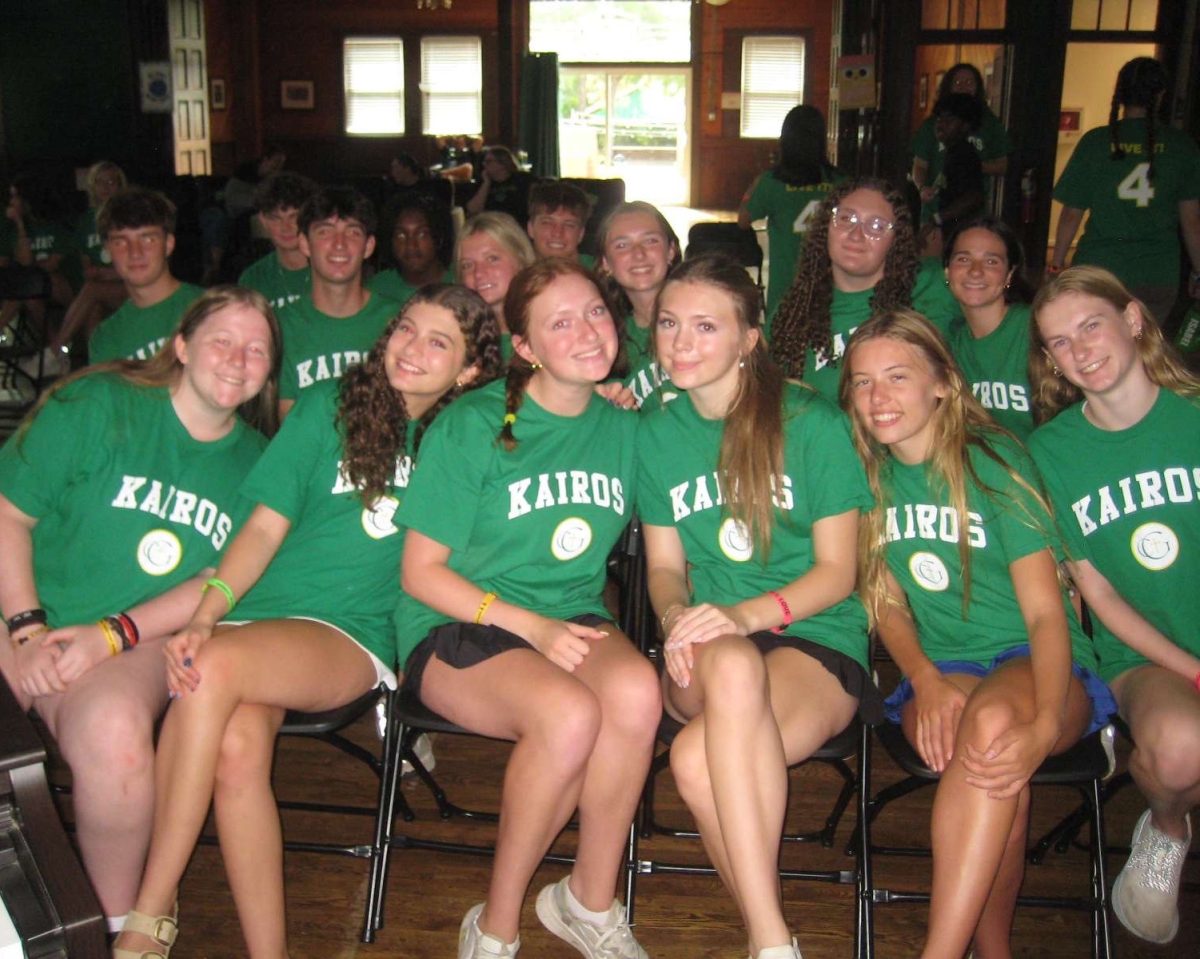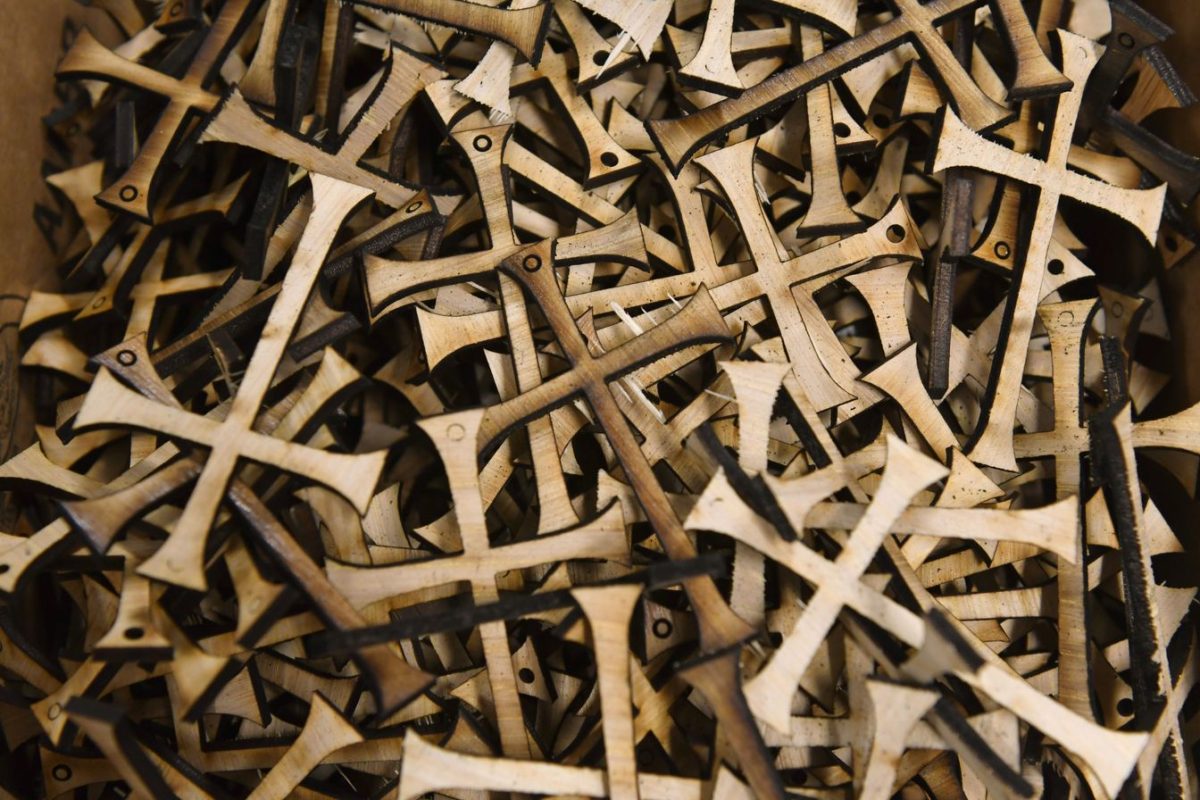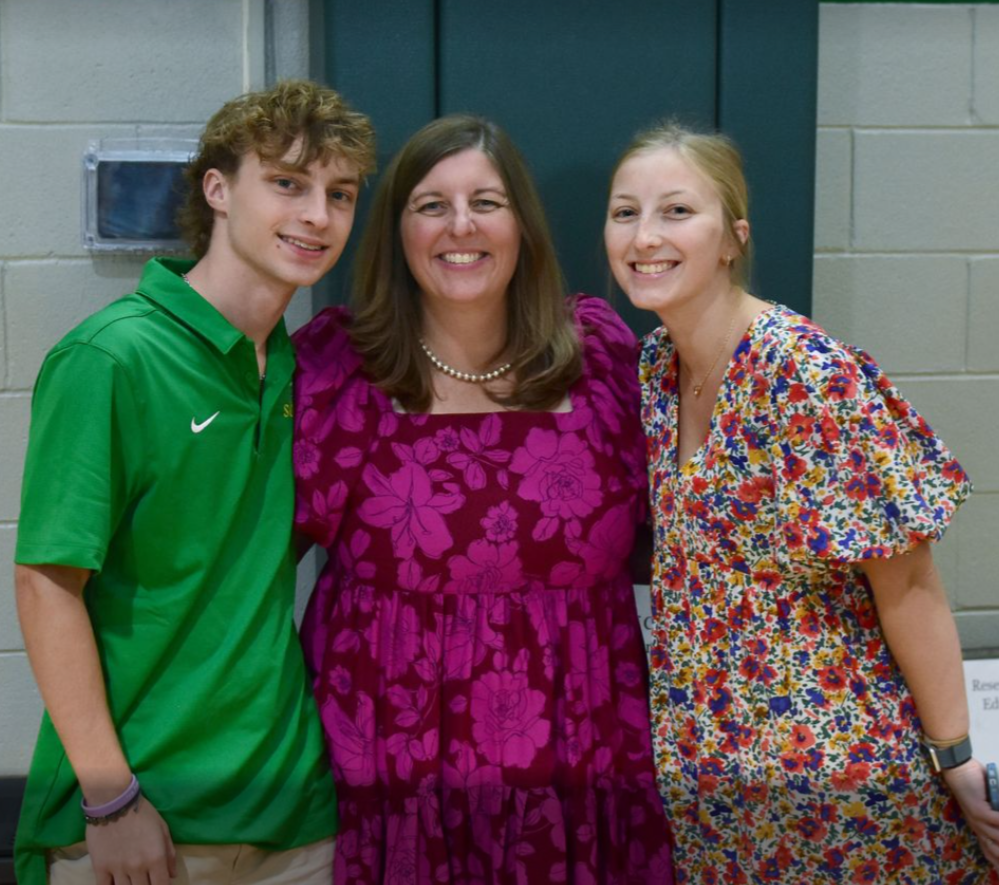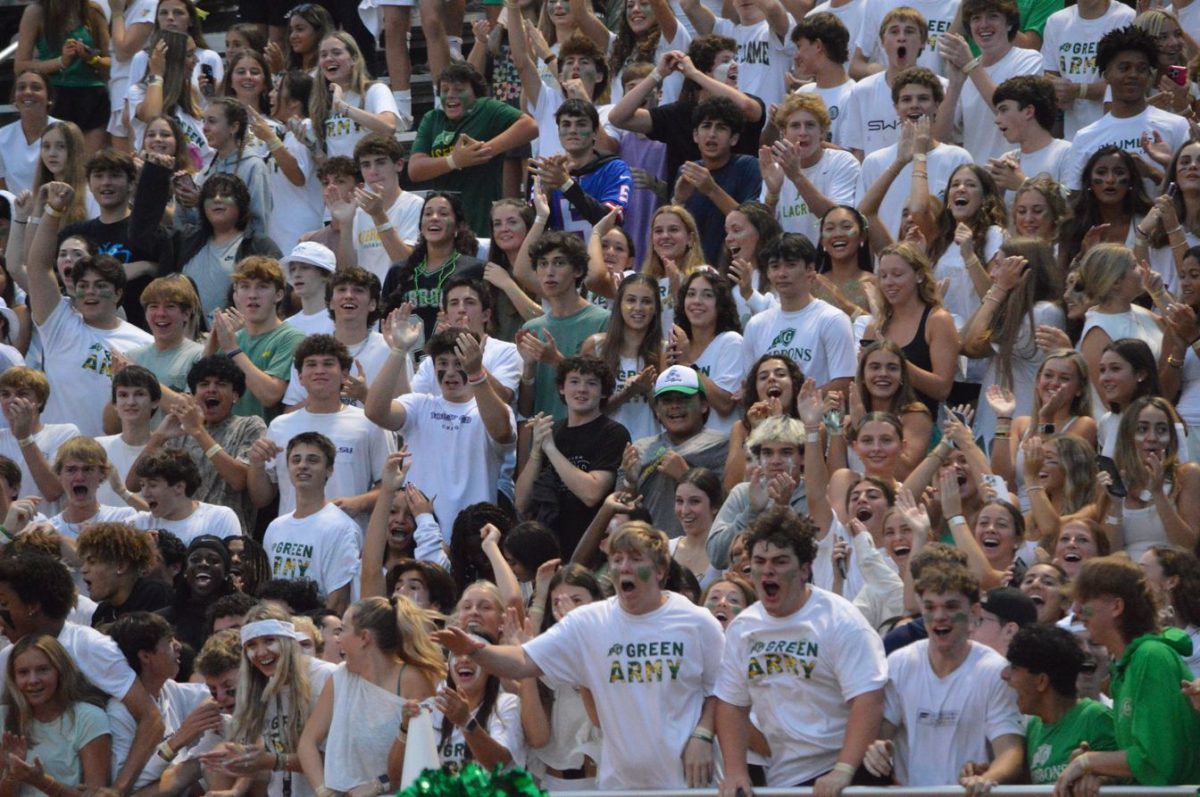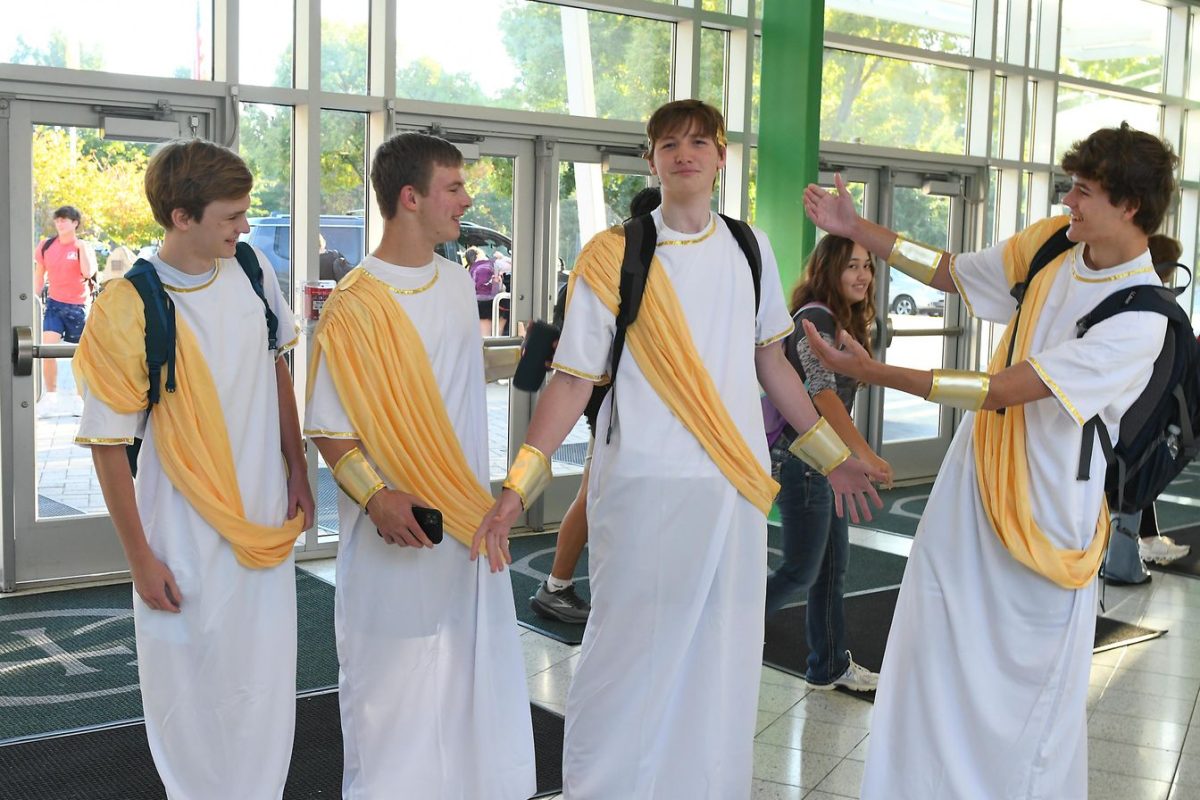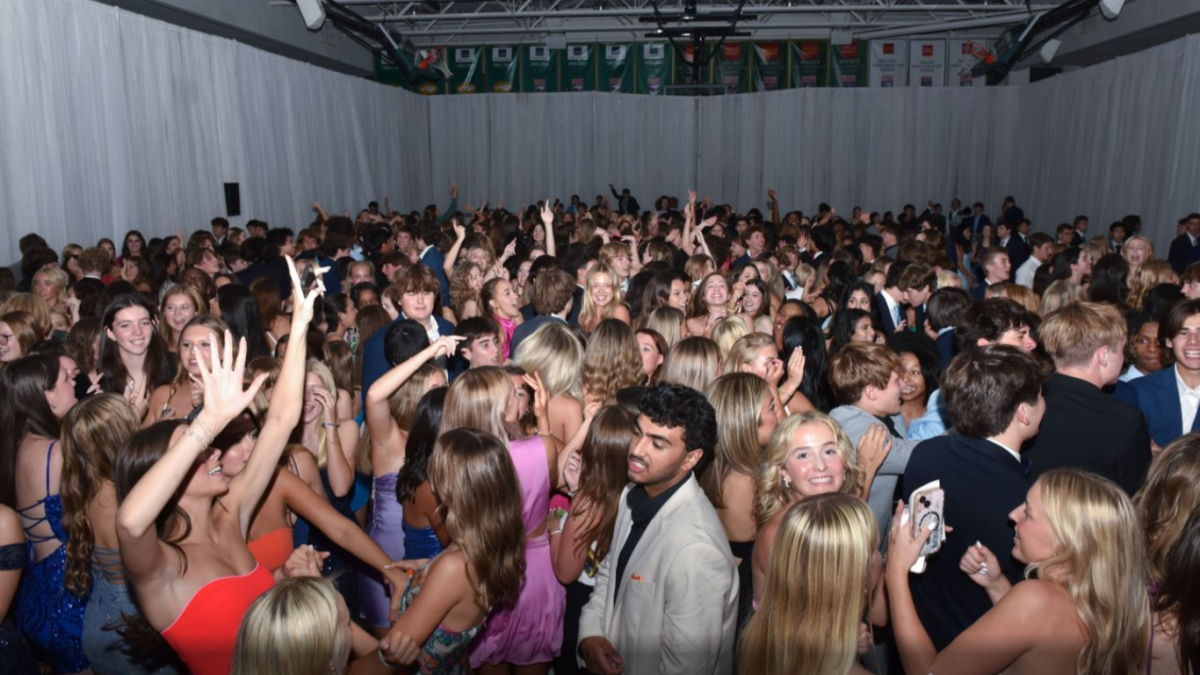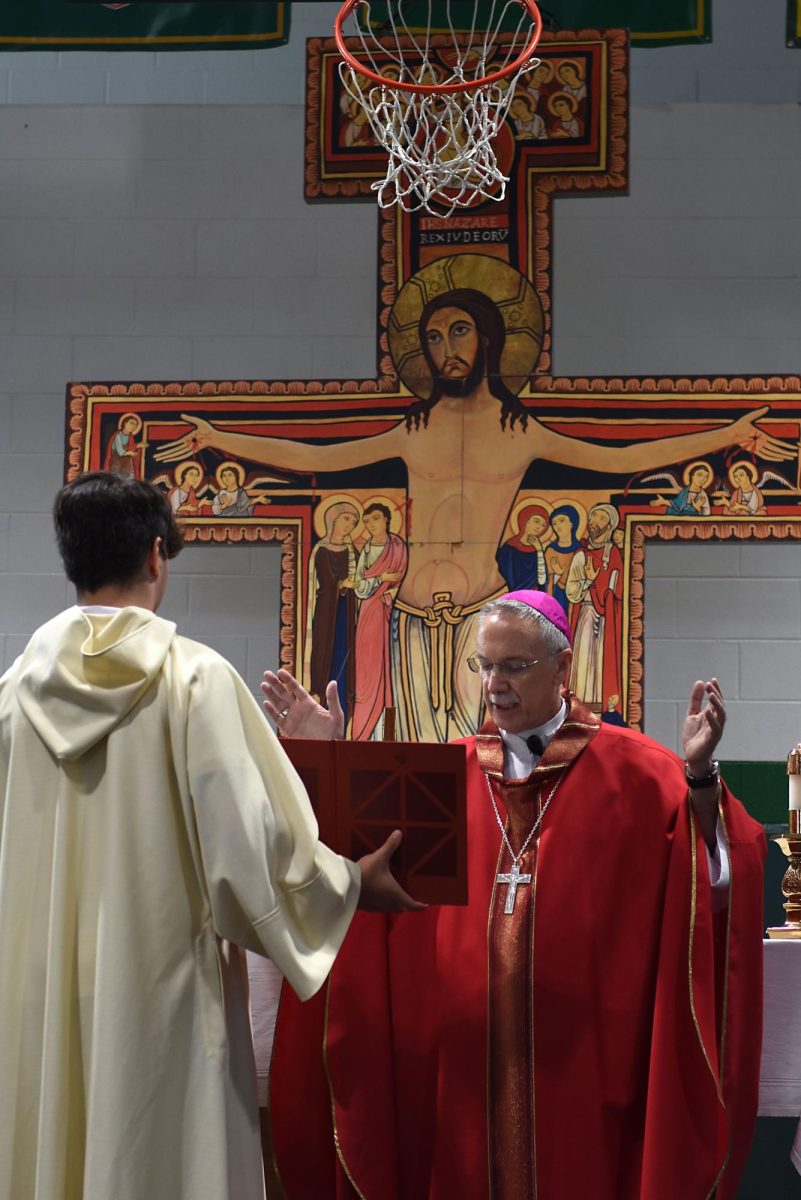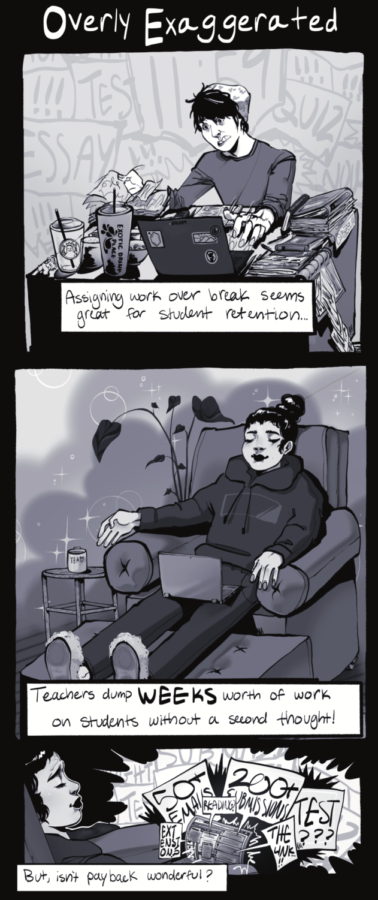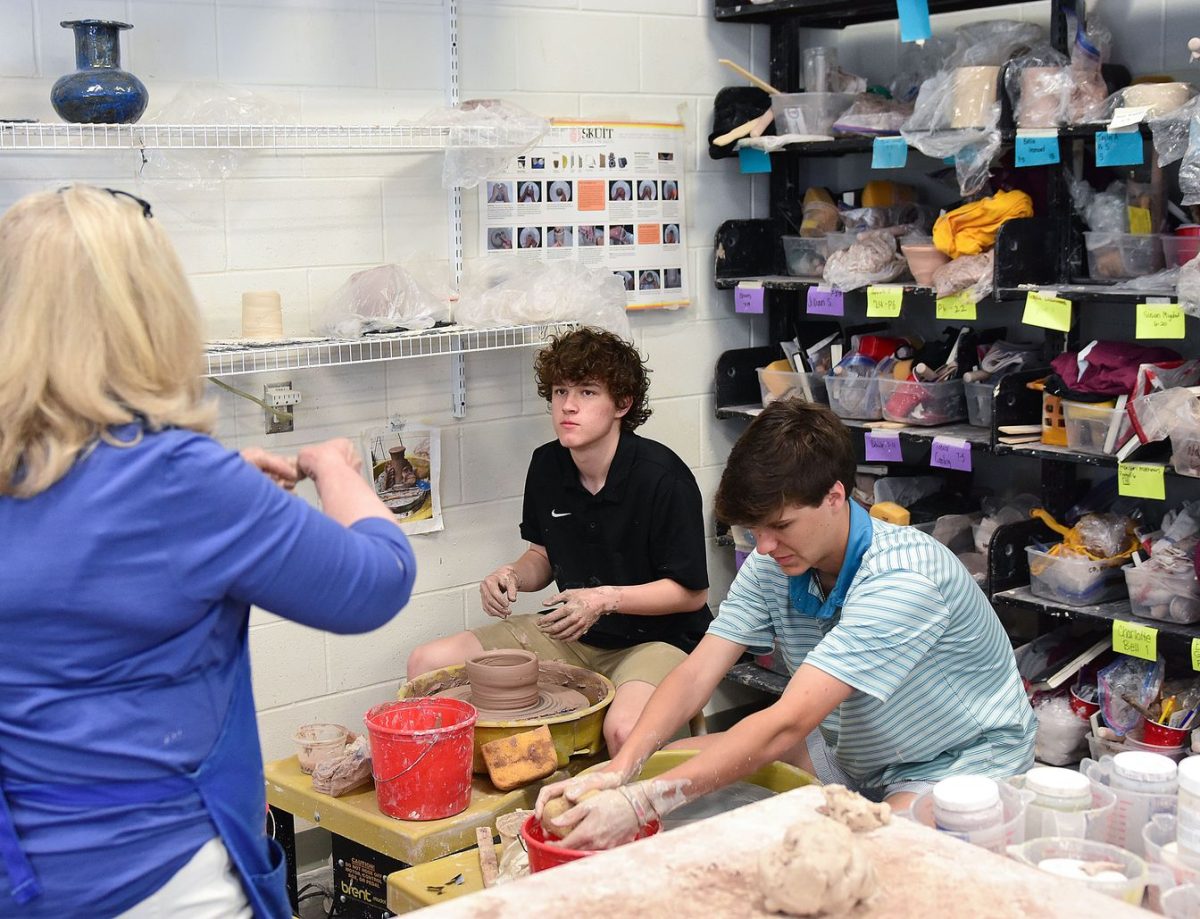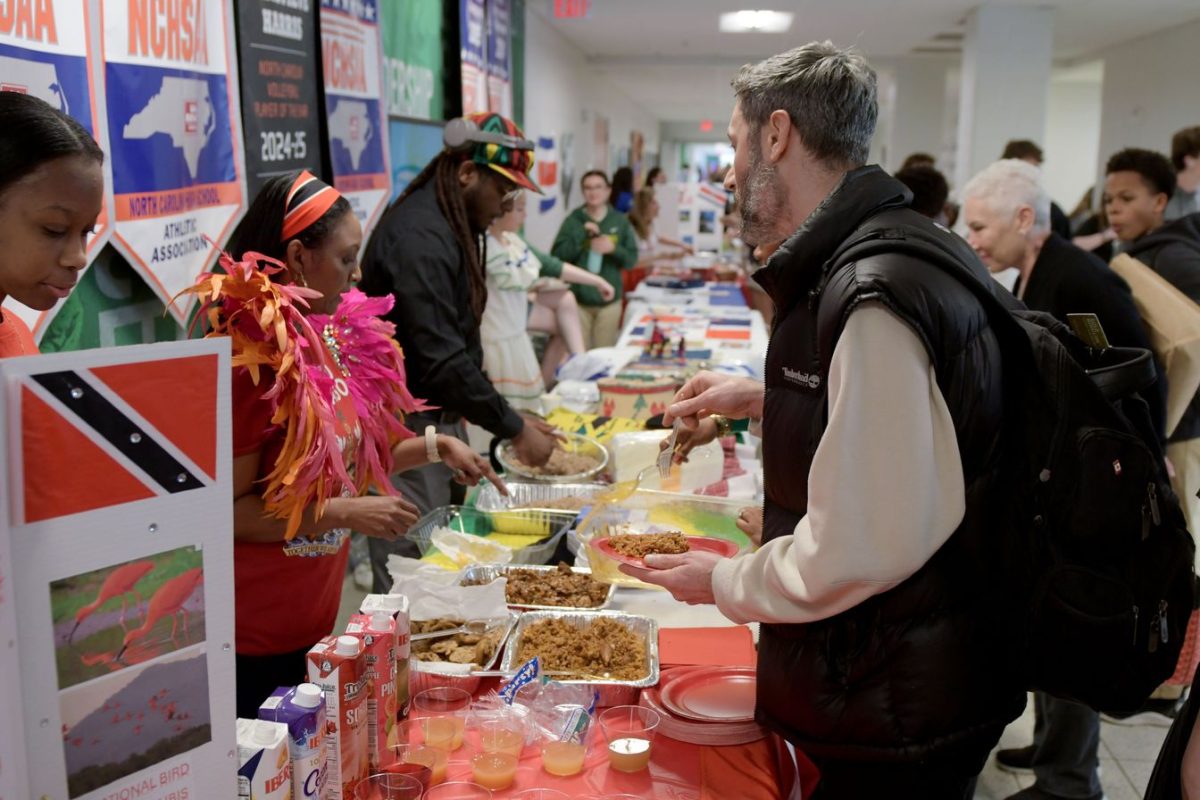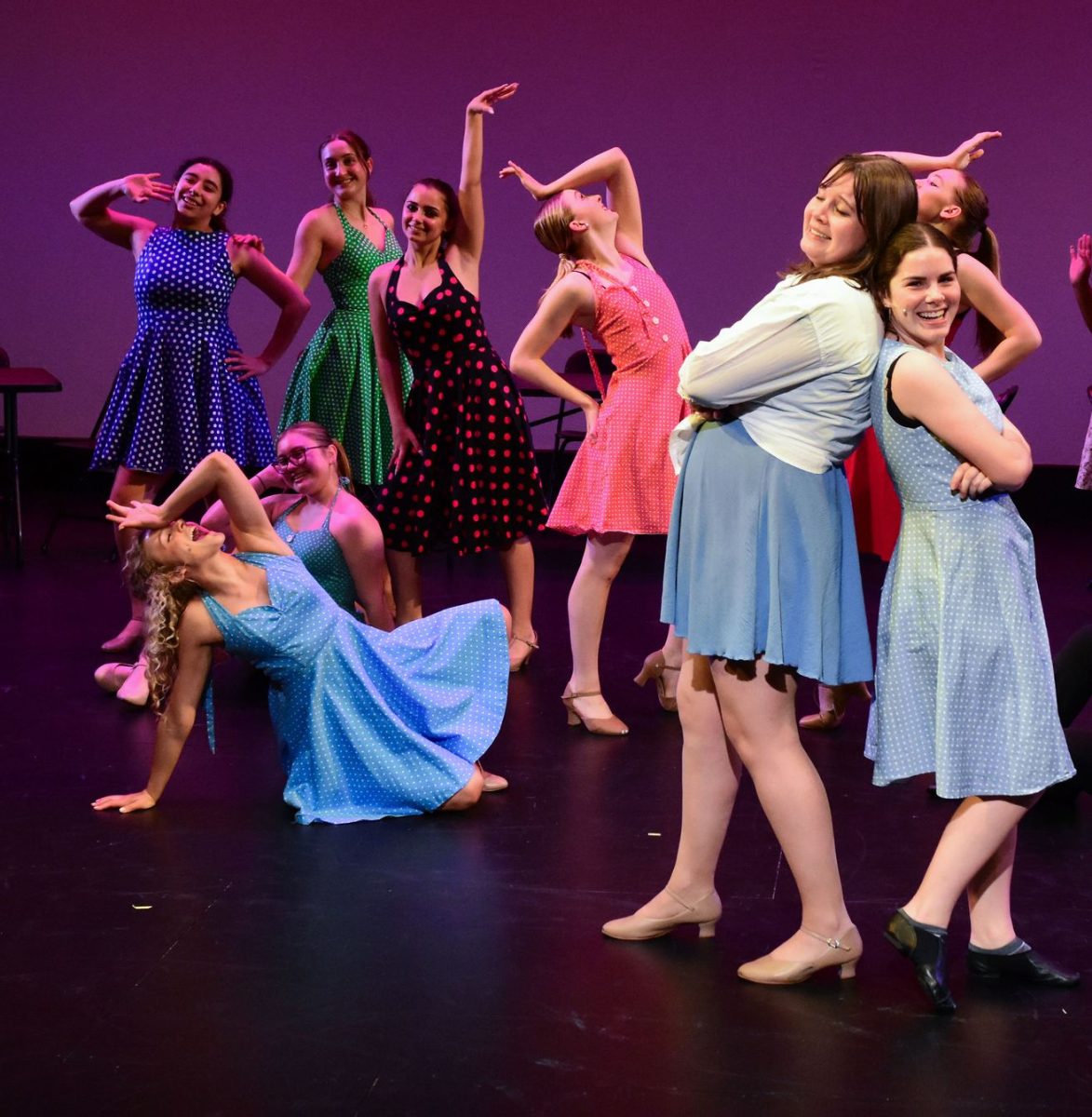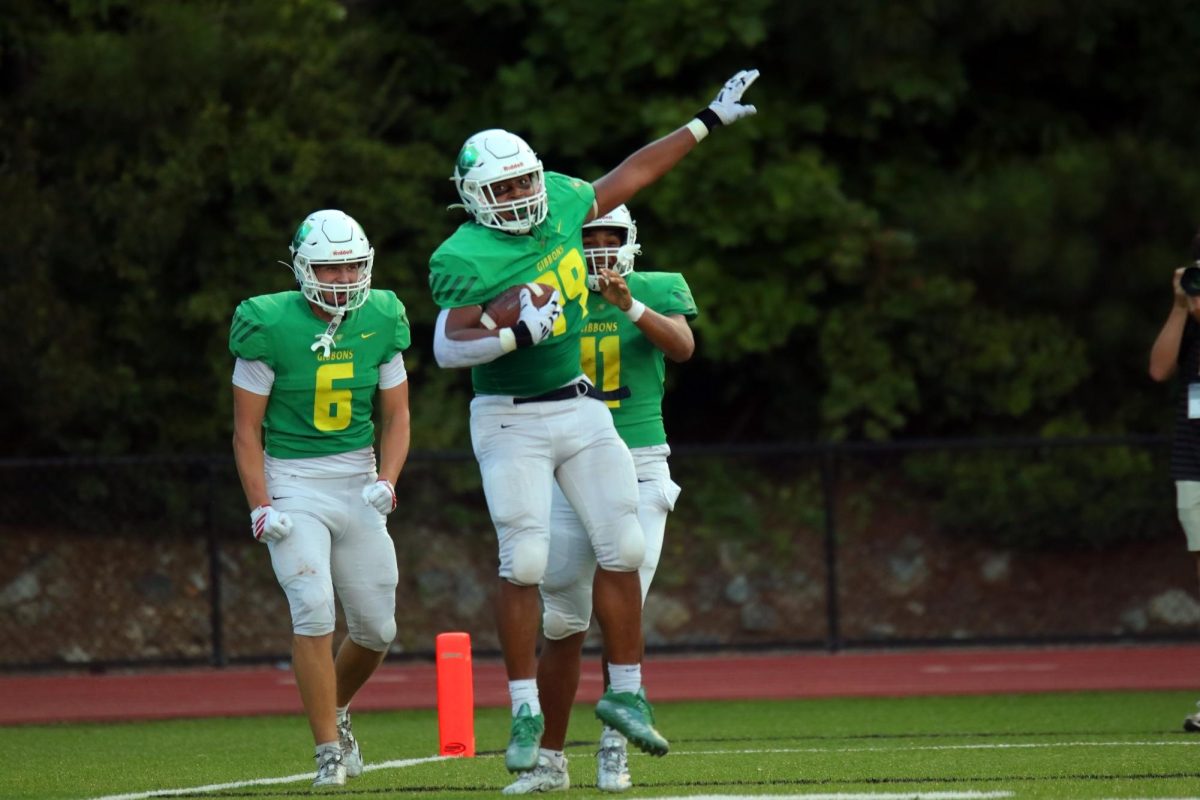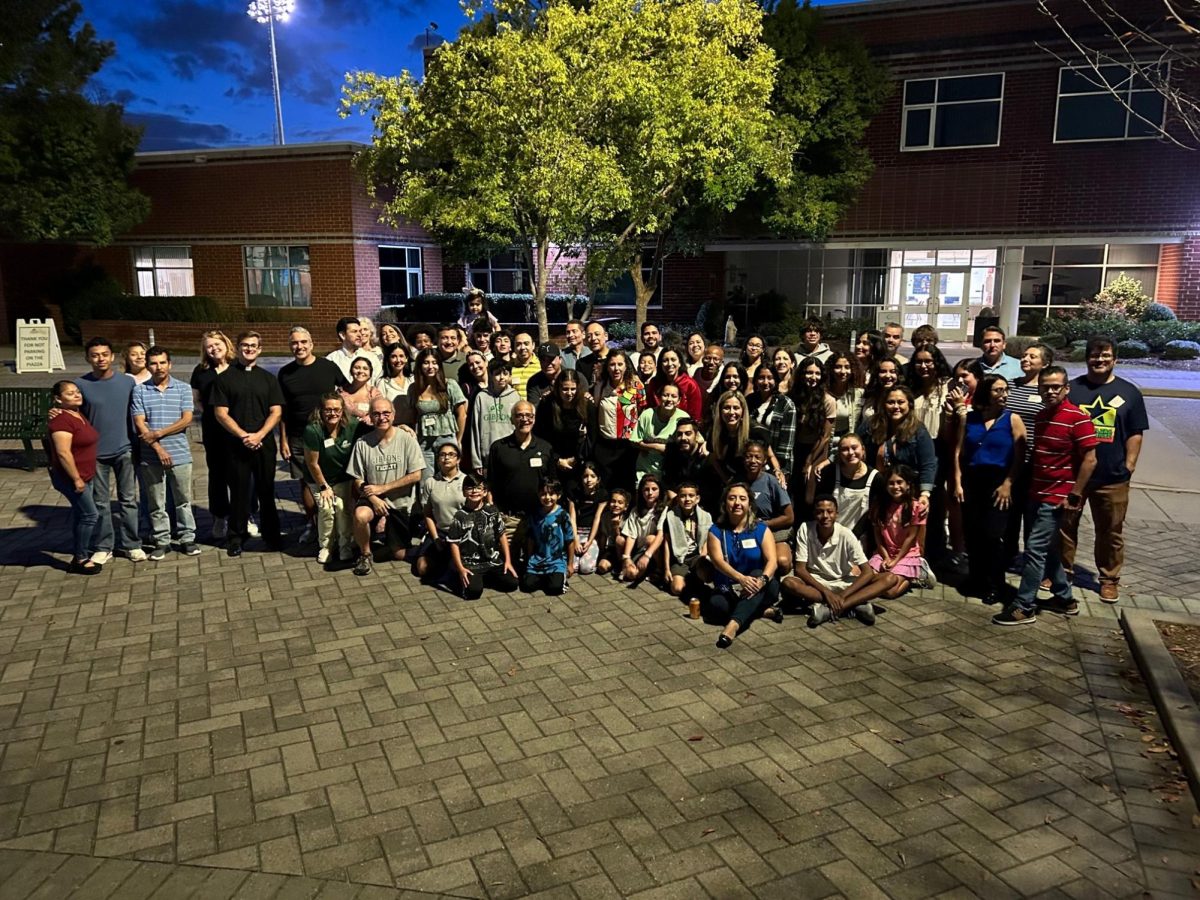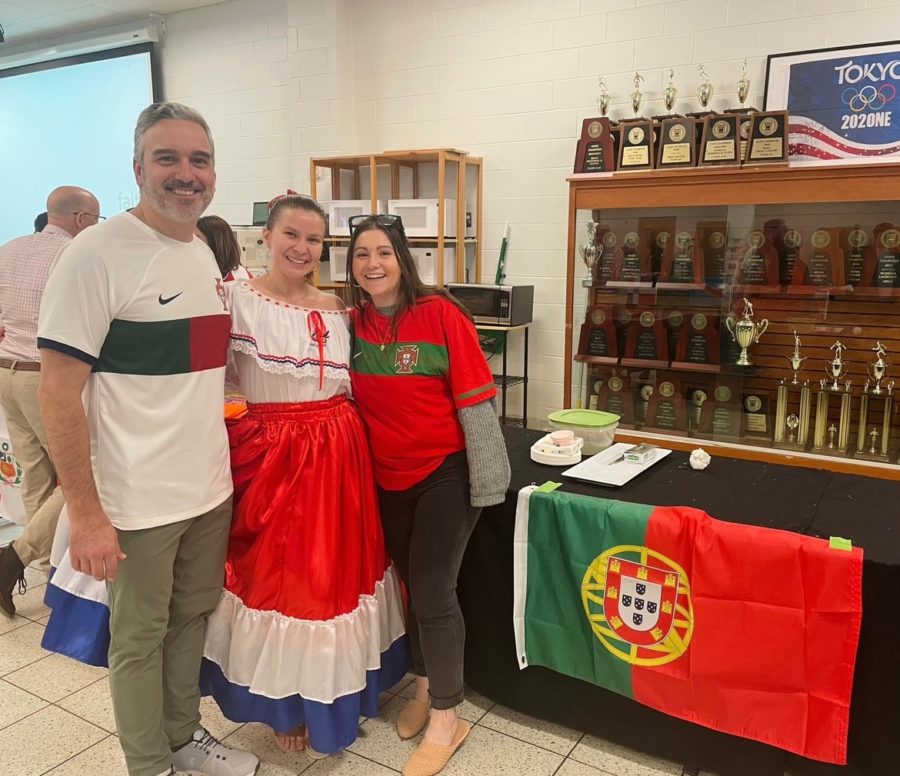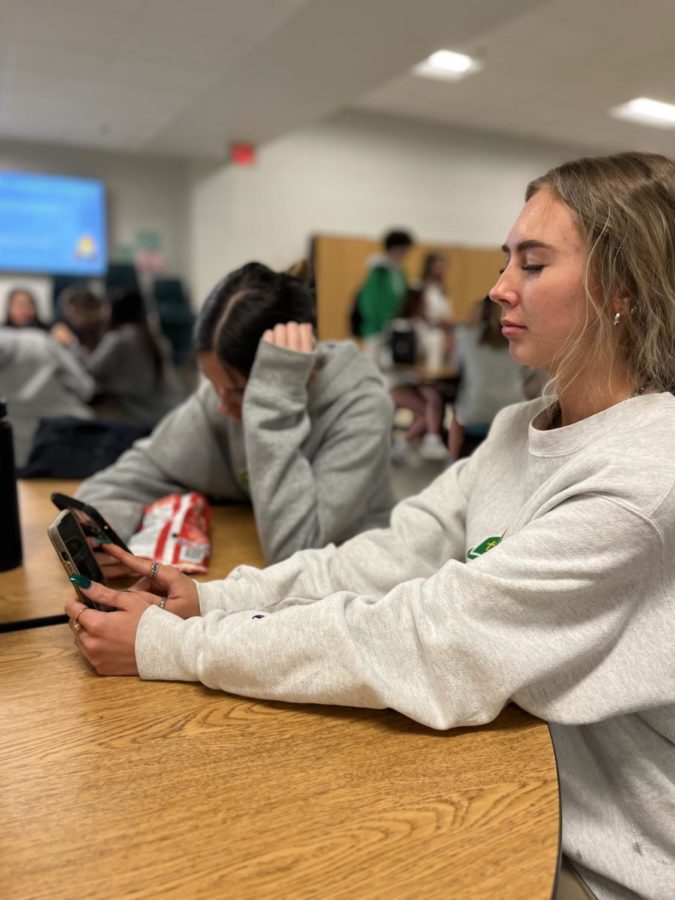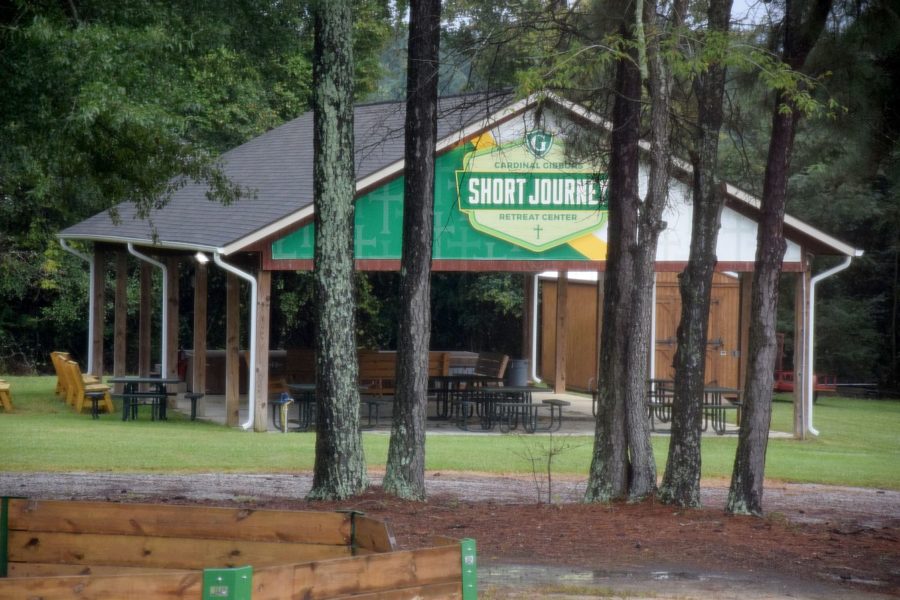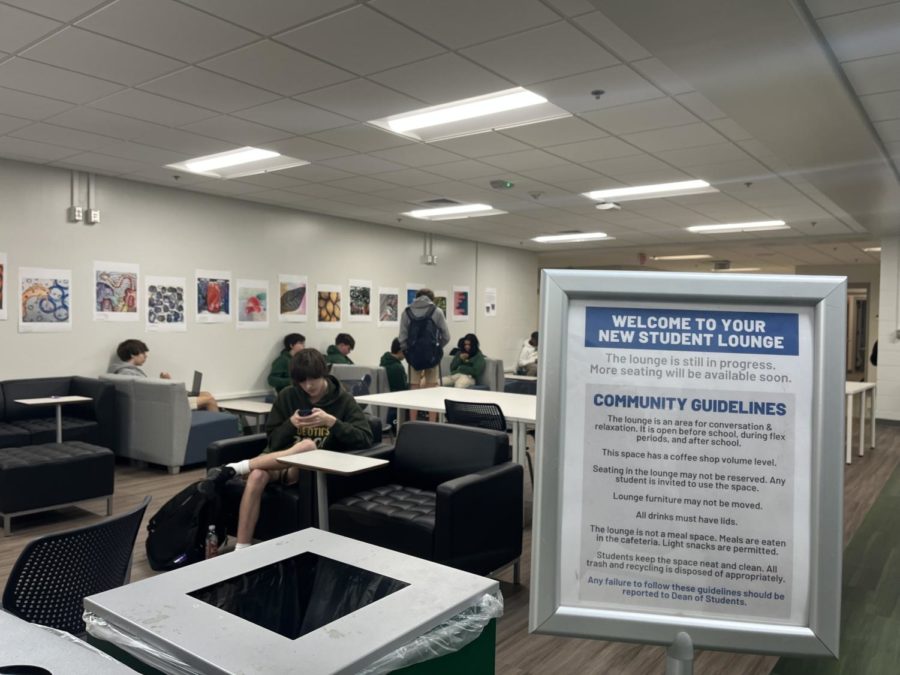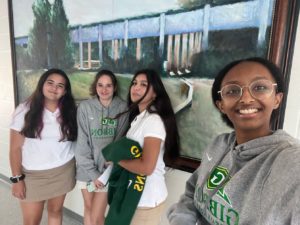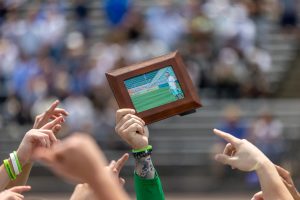The Story of the Eucharist
Why we Believe, What we Believe
Students receiving the Eucharist during the Feast of the Presentation of the Lord, February 2, 2023
February 2, 2023
The Bible is not a list of rules but a story! Our faith is not based on “thou shall do this or that” but a relationship that God has initiated with us. And every good story has key figures and essential elements that run through the entire narrative, developing and being developed as the story reaches its climax! From the time that God chooses Abraham to be the father of many nations, until the fullness of time, when the Word becomes flesh in Jesus Christ, He is preparing his chosen people to accept the amazing gift that (who) is: the Eucharist.
God, in Genesis, says let there be light and it was so (Gn 1:3). Jesus in the Gospels says be healed and every time, without fail, it was so (Lk 5:13). What happens when today then, when the priest says those words that Jesus spoke on Holy Thursday- the same Jesus, the Son of God, whose creative word makes true what it declares, -when with bread broken in his hands said “This is my body… this is my blood.” (Lk 22:19-20).
Let’s briefly reflect on the pedagogy of God, on how He very gradually, yet intentionally, leads mankind on a journey of faith. It’s a story of His presence and unconditional love that leads us to believe that He remains with us today, present in every tabernacle of every Catholic Church in the world! What does it mean that Christ is present in Body and Blood, Soul and Divinity in communion?
Man from the time of Cain and Abel had offered sacrifices in order to never forget that everything we have was first given to us by God. Abraham comes across a very mysterious figure in the book of Genesis. This mysterious figure, named Melchizedek, is called the King of [Jeru] Salem (Gn 14:17-24). He comes on the scene to bless Abraham and, like a priest, makes an offering of Bread and Wine. This kingly and priestly figure initiates an eternal line of the priesthood: “You are a priest forever, in the line of Melchizedek” (Ps 110:4).
In the book of Exodus, God saves his people Israel, bringing them out of slavery (Ex 7-12). He sends ten plagues until finally the Pharaoh agrees to release His people. On the night of the tenth plague, the lives of the Israelites are spared while the angel of death passes over Egypt killing the firstborn son of every family. He distinguishes the houses of the Israelites, because they are told to sacrifice an unblemished lamb and smear the blood on the doorpost, while they partake of the Passover meal of unleavened bread and bitter herbs, and the lamb (Ex 12). This event becomes the defining moment in the history of God’s chosen people. It will be celebrated every year in memory of God’s saving act!
Once they have been released from slavery in Egypt, they wander in the desert for forty years towards the Promised Land, present-day Israel. They grow hungry in the desert, and God sends them “bread from heaven,” called Manna. It becomes their daily bread, since they are only allowed to gather what suffices for that day (Ex 16:4).
They are taught to construct a tent, called the Tabernacle, where Moses will meet and speak with God face-to-face (Ex 25). Inside the tabernacle is kept the sacred Ark of the Covenant. In the Ark are reserved the stone tablets of the Ten Commandments, the staff of Aaron, and a jar of Manna, or also referred to as the “Bread of Presence.” The bread is revered as sacred, consumed only by the priests, but brought out each sabbath day before the people and then offered up and eaten. Sources of early worship at the temple say, “The priests would then take the sacred bread, elevate it for the pilgrims to see, and say these words: “Behold, God’s love for you!”
Fast forward to Jesus who is looking at a crowd of five-thousand men, not counting women and children. They are hungry, and in danger of fainting, so he performs the famous miracle of the multiplication of the loaves of bread and the fish (Jn 6). The next day he’s again met with that same multitude of people, but this time points them to a heavenly bread, saying do not work for the food that simply fills your belly, but does not satisfy. They then question his identity and his authority, recalling how Moses gave their ancestors bread from heaven, and challenge Jesus to prove himself accordingly. “What will you do?” they ask. Jesus responds:
“Very truly I tell you, it is not Moses who has given you the bread from heaven, but it is my Father who gives you the true bread from heaven… I am the bread of life. Whoever comes to me will never go hungry, and whoever believes in me will never be thirsty.”
They are dumbfounded, confused, and understandably begin to question his sanity. Jesus, knowing their doubts, responds with utter clarity and graphic imagery:
“I am the living bread that came down from heaven. Whoever eats this bread will live forever. This bread is my flesh, which I will give for the life of the world… unless you eat the flesh of the Son of Man and drink his blood, you have no life in you.”
The Greek word used here for “eat”, is a term that is better translated “gnaw.” The word choice for flesh was “sarx,” rather than “soma” which is simply the “body”. John understood what Jesus was saying, and expressed it thus: “unless you gnaw on my flesh… you have no life in you.”
We arrive to the Last Supper, the annual Passover meal! But this time it is different. We read about it in the gospel accounts of Matthew, Mark, and Luke. The night of the Passover is the most important day of the year for the Jews, an evening jam-packed with religious meaning: freedom from slavery, the saving blood of the lamb, the heavenly bread that accompanied God‘s people during their journey in the desert, a meal harkening back to the bread and wine offered by the King Melchizedek in the presence of their father Abraham. It is on this night that Jesus takes the bread, gives thanks to his Father, breaks the bread and gives it to his disciples, saying with all the authority of that same Divine Word which spoke all of creation into being, and with the unparalleled authority which interpreted Scripture and unabashedly declared to be its fulfillment, and with the power that forgave sins and healed the sick – with that voice- “This is my body… this is My Blood of the new covenant, poured out for you.”
And then, looking at his twelve Apostles – twelve like the tribes of Israel who would gather around the tabernacle, in the presence of the Ark of the Covenant where the sacred tablets, staff, and Bread of Presence were kept, and gives them the solemn command: “Do this in memory of me.”
That evening Jesus is arrested, tried, and the next day sent to death by the crucifixion. Throughout the prophets, the Jews have been promised a Messiah who would definitively free them from slavery. As the apostle John and Jesus’s mother, Mary, gaze upon Jesus of Nazareth, the Son of God and promised Messiah, suffering in the cross, He makes this declaration (fully aware of every element of the narrative of our salvation): “It is finished.”
Two of his disciples a few days later are leaving Jerusalem, the site of the hideous tragedy of Good Friday. They are forlorn, but at the same time perplexed, The one in whom they had hoped would fulfill the promise has been killed. Yet, some of the women who were also disciples of Jesus, went to the tomb, and found it empty. Suddenly, they’re met by a third person walking alongside them. They tell this stranger the whole story, as far as they were able to understand it. Then, starting with Moses, and running through the entire story of salvation, explains to them how all of this is not a failure, but a fulfillment of God‘s loving plan. When they finally reach the town to which they were heading, they extend the courtesy of inviting this stranger to dine with them that evening. And then he does something they did not expect. He takes the bread, breaks it and gives it to them. It was only then, in the breaking of the bread, and the partaking of this meal, that they recognized exactly who He was. He had risen!
Still 30 years later, Saint Paul writing to the Corinthians relates with surprising detail, how Jesus “took some bread and gave thanks to God for it. Then he broke it in pieces and said, “This is my body, which is given for you.” The breaking of the bread had already been established as an essential ritual among the emerging Christian communities.
And in 150 AD St Justin Martyr explains what this ritual looked like, how the communities would gather, listen to readings from the Apostles (New Testament) or prophets (Old Testament), an exhortation (homily) and then communion. The apostles had listened to the command of Jesus, and now their successors had kept this memorial and sacrifice alive for all the baptized.
We had fallen from grace, but now through the Sacrifice of Christ, made present at every Mass, we are restored. We find ourselves seated around the Heavenly Table with our Creator and our Redeemer. When we hear the priest say the words of consecration, we are in fact witnessing the very sacrifice of Christ and find ourselves swept up into the story of Salvation. From the beginning of time, God has prepared for us this amazing gift of the Eucharist. It is the gift of His very self. “This is my Body. This is my Blood.”

